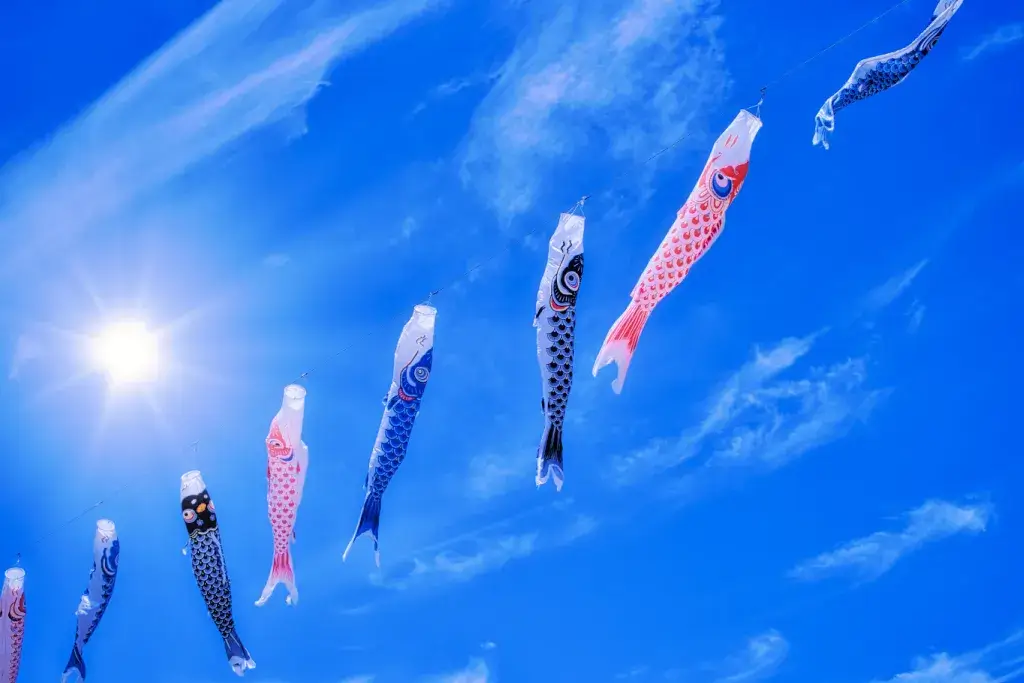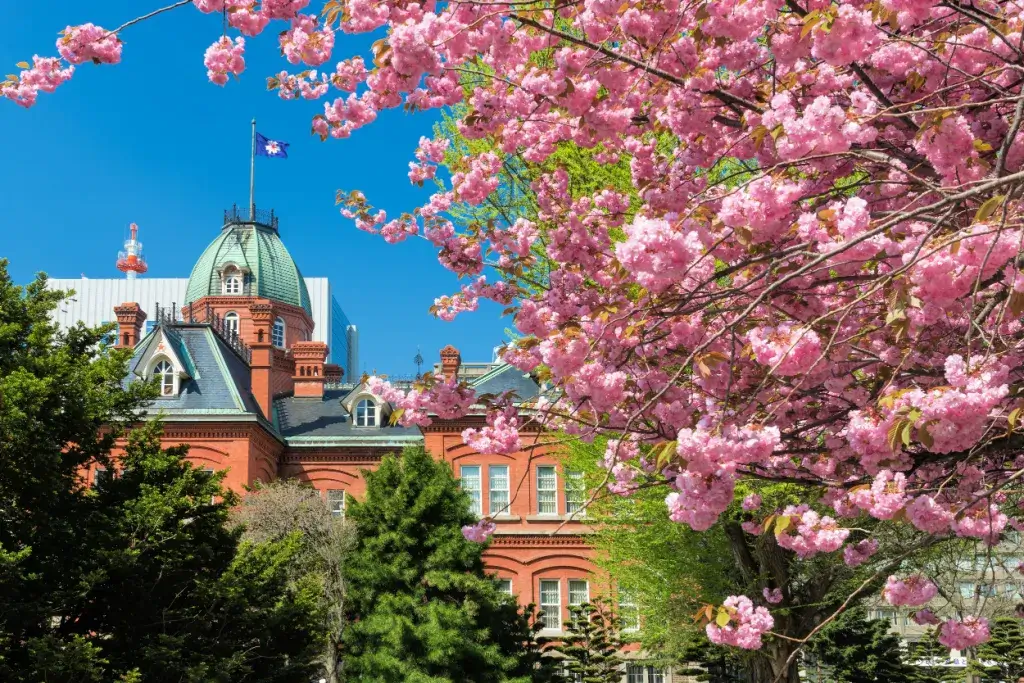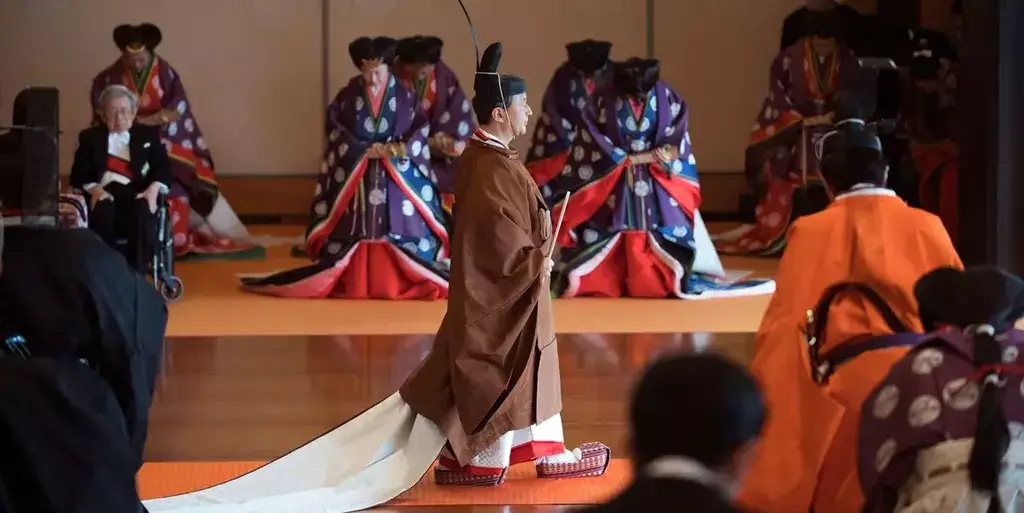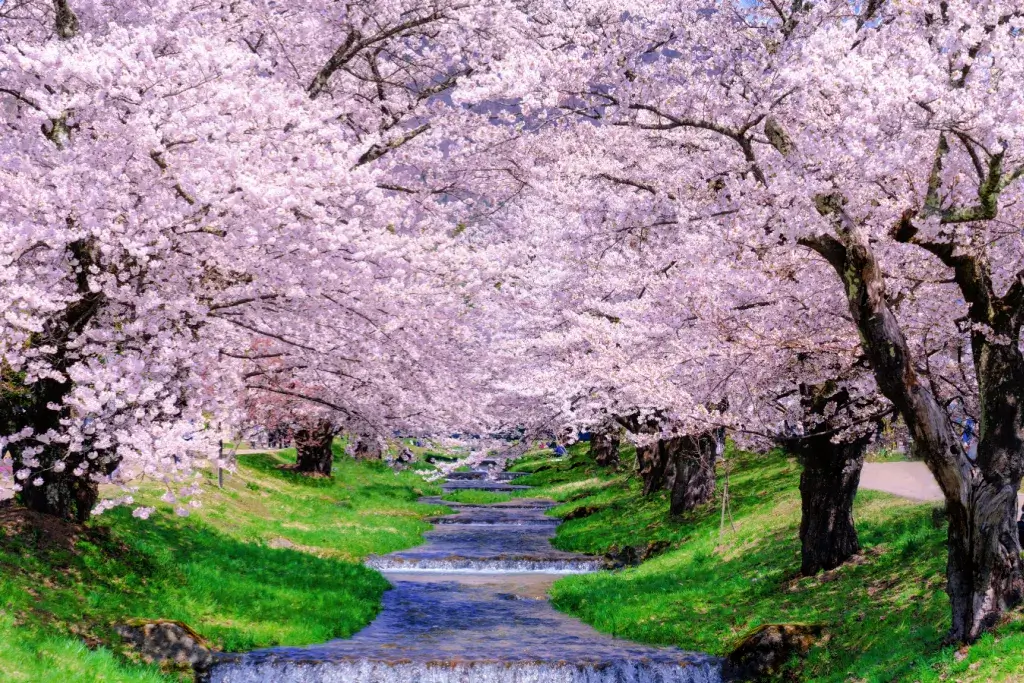Golden Week is one of Japan’s most cherished celebrations. It is a time for traveling, spending time with family, and thinking about work as little as possible. The country celebrates cultural traditions this week by observing four historical holidays. 2019 Golden Week was extra special as Japan celebrated the Imperial succession and the start of a new era. Keep reading to learn why Golden Week in 2019 was a festive, extra-long 10-day holiday!
Table of Contents
ToggleWhat is Golden Week?
Golden Week is one of the longest holiday periods on the Japanese calendar. It is a collection of four holidays – Showa Day, Constitution Memorial Day, Greenery Day, and Children’s Day. The public holidays are unlinked and just happen to be clustered together — a fortunate coincidence! It is a significant week-long holiday in Japan when many Japanese workers get a well-earned week off.

In combination with well-placed weekends, Golden Week is one of Japan’s three busiest holidays, besides New Year and Obon. This holiday is also Japan’s busiest time of the year for travel. Tours and hotels are booked months in advance, with many people traveling internationally and domestic tourists returning home. It’s also a time for countless events in Tokyo, from food festivals to art exhibitions.
With time off work and school, many people also use this opportunity to visit other countries. Popular destinations include the cultural capitals of Europe, the American West Coast, nearby South Korea and Hong Kong, Australia, and the Pacific Islands. It allows them to experience different cultures and customs while enjoying an extended break from their daily routines back home.
When does it take place?
It typically falls at the end of April and the beginning of May each year. The week starts on April 29th, a national holiday that used to be celebrated as the birthday of Emperor Showa. It is now Showa Day, reflecting on the turbulence Japan experienced during the emperor’s reign. On May 3rd, Constitution Day is celebrated in honor of the post-war Japanese constitution that came into effect in 1947. Generally, the day is used to remember Japan’s history and to learn more about the government.

On May 4th, it’s Nature Day, which celebrates the environment. Emperor Showa was a lover of all things nature. Usually, the day is synonymous with free entry to many parks and Japanese gardens. On May 5th, Children’s Day is when families celebrate the happiness and growth of children. Children’s Day is celebrated with koinobori (flying carp kites) displayed in parks, public spaces, and other landmarks.
Looking to experience even more of authentic Japanese culture? Check out Sakuraco! Sakuraco delivers traditional Japanese snacks, teas, sweets, and snacks from local Japanese makers directly to your door so you can enjoy the latest treats directly from Japan!
What made Golden Week 2019 different?
Emperor Akihito retired after three decades of hard work promoting Japan to the wider world. His son, Crown Prince Naruhito, replaced him and became the new Emperor of Japan. This was the first time in centuries that such an occurrence took place. The last time this happened was in 1817 when Emperor Kokaku abdicated.
So, Golden Week in 2019 was especially noteworthy, marking the end of the Heisei era. As a result, it was incredibly long, running from Saturday, April 27th, to Sunday, May 6th, 2019. The Golden Week schedule gaps were filled out for one year with extra holidays.

Why were there so many holidays?
Since the emperor abdicated, making way for his son to ascend the throne, the government designated May 1st a holiday. The days before and after are holidays by default since Japan has the shukujitsu-ho (holiday law). This means a weekday sandwiched by national holidays automatically becomes a public holiday. So April 30th and May 2nd also became public holidays, resulting in a rare 10-day vacation!
Why was Golden Week 2019 important?
In 2019, Japanese workers benefited from an even longer holiday due to the combination of national holidays and weekends. This one-of-a-kind Golden Week got an extension, making it 10 days long instead of the usual seven days. During this historic event, the Heisei era ended, and the new Japanese era, Reiwa, began. With all the usual Japanese holidays, plus others to commemorate the rise of Naruhito to the throne, it was a busy week for the Japanese people!

Whether celebrating Children’s Day or enjoying Greenery Day in your backyard, enjoy this time of the year and wish everyone a happy Golden Week! What are your plans for this year’s Golden Week holiday? Do you have any tips to share with your fellow travelers? Let us know in the comments below!










